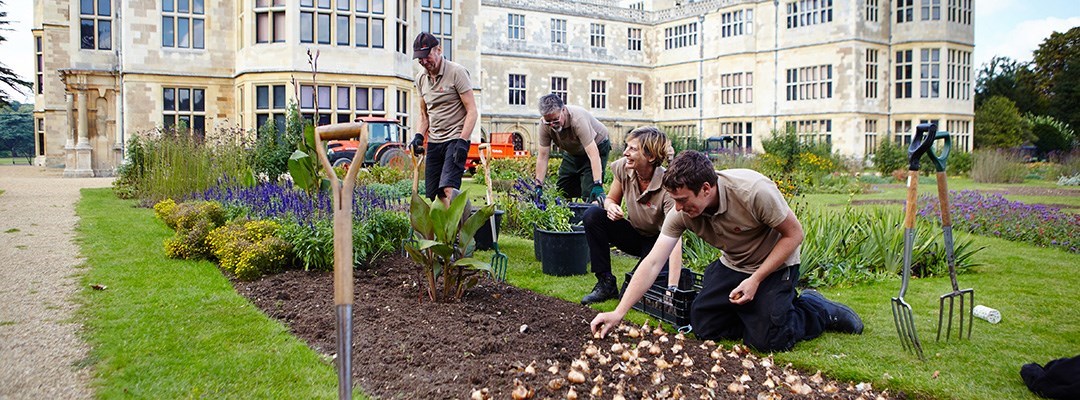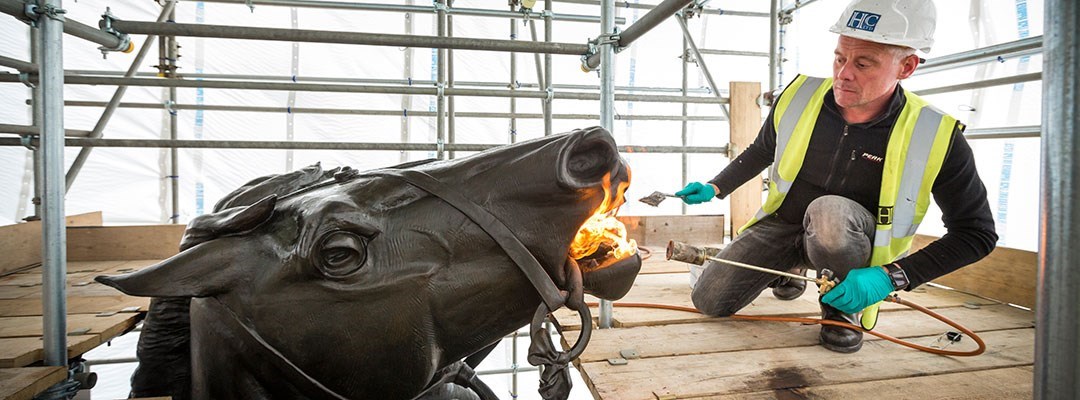13/05/2016
Conservation to save First World War Graffiti at Richmond Castle
Funding announced for new project to conserve graffiti by conscientious objectors imprisoned at Richmond Castle during the First World War.
One hundred years after conscientious objectors were imprisoned at Richmond Castle in Yorkshire, a conservation project has been launched to protect the graffiti they left in the cells thanks to a major £365,400 grant from the Heritage Lottery Fund.
The walls of the cells at Richmond are covered with hundreds of pencil drawings and inscriptions, which give a unique insight into the conscientious objector movement. The graffiti includes political slogans, religious hymns, portraits of loved ones and even a few examples of dark humour. "You might just as well try to dry a floor by throwing water on it, as try to end this war by fighting," wrote Richard Lewis Barry, a socialist who worked in a lace manufacturing factory in Derbyshire.
However, the lime wash and plaster walls of the cell block are extremely delicate. Rain water has penetrated through cracks in the roof and the walls of the cell block, leaving the surface so unstable that our warm breath can damage the graffiti, while touching the walls will dislodge lime-wash flakes.
By repairing the roof and walls of the cell block, along with specialist treatment of the graffiti that is most at risk, the Voices of Rebellion project will ensure the graffiti is preserved for future generations. It will also enable the public to view the cells for the first time in more than 30 years. Until then, people will be able to visit the cells virtually via a 360 video.
Fiona Spiers, Head of Heritage Lottery Fund Yorkshire & the Humber, said: "Thanks to National Lottery players this project will help tell one of the less well known stories of the First World War. The graffiti provides a fascinating insight into the history of dissent, and we are delighted to be involved in its preservation for future generations."
Conscientious objectors at Richmond
In May 1916, 16 conscientious objectors were imprisoned at Richmond Castle before being taken to France to face court martial and a possible firing squad. The prisoners, known as The Richmond 16, included Quakers, Methodists, Jehovah's Witnesses and socialists.
Marjorie Gaudie, whose father-in-law Norman Gaudie was one of the Richmond 16, said: "On the eve of Conscientious Objectors' day it is important to remember men like my father-in-law... They were courageous men. He acted from the deepest conviction that all life is sacred. He knew it was wrong to take a life and so he refused to fight. He was prepared to die for his belief and that took immense courage."
Visiting Richmond Castle
Richmond Castle is one of England's most imposing Norman castles. Along with the eleventh century tower and ramparts, the castle has a late nineteenth century cell, where local absolutist conscientious objectors were held during the First World War and rebellious men were held during the Second World War.
For more from English Heritage, like us on Facebook or follow us on Twitter.
More recent news
-

Save our historic Daffodils and Bluebells
Campaign to help save the native and historic varieties of daffodils and bluebells, both of which are at risk from aggressive hybrids and non-traditional varieties.
-

Help protect England's Heritage
Our new fundraising appeal will help support vital conservation work at historic sites across the country.
-

Public opinion sought for Tintagel Bridge Project
A special display will gather local opinions on the proposed designs for a new bridge at Tintagel Castle over 4 days in November and December.
